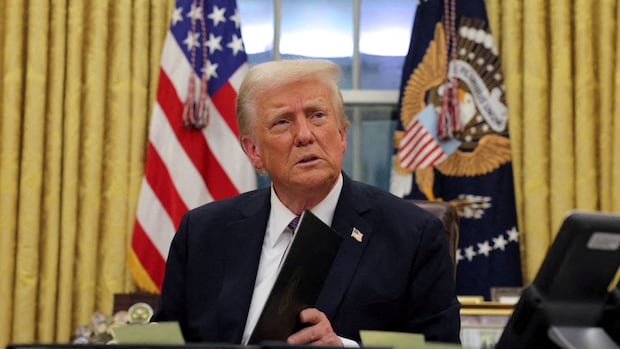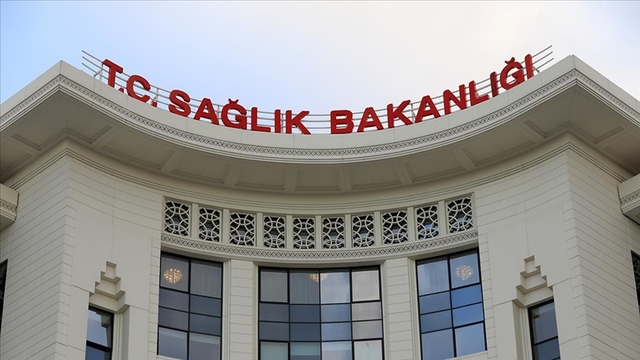"Made In Pakistan": Ahsan's Plan To Enhance Global Competitiveness Through Technology

Table of Contents
Investing in Technological Infrastructure
Ahsan's plan recognizes that modern infrastructure is crucial for supporting advanced manufacturing and attracting foreign investment. This involves a two-pronged approach: upgrading existing industrial parks and investing heavily in digital skills development.
Upgrading Industrial Parks
The plan calls for significant upgrades to existing industrial zones across Pakistan. These upgrades focus on creating a conducive environment for modern manufacturing processes.
- Examples of specific industrial park upgrades: The plan includes detailed blueprints for upgrading Faisalabad's industrial estate, focusing on improved electricity grids, high-speed internet access, and streamlined logistics. Similar improvements are planned for Karachi and Lahore's industrial zones. Furthermore, the development of Special Economic Zones (SEZs) with state-of-the-art facilities is a key component.
- Funding sources: Funding will come from a combination of public and private investment, including foreign direct investment (FDI) attracted by the improved infrastructure. Government-backed initiatives and public-private partnerships are key to securing the necessary funds.
- Timelines for completion: The plan outlines phased implementation, with key improvements expected within the next 5-10 years. Prioritization will be given to projects with the greatest potential to attract FDI and boost immediate economic activity.
Improved infrastructure directly impacts productivity. Reliable power supplies eliminate production downtime, while high-speed internet facilitates efficient communication and data management. These upgrades also make Pakistan a far more attractive location for foreign investors, boosting FDI and creating high-skilled jobs. The long-term cost-effectiveness of these investments is undeniable, as they lay the groundwork for sustained economic growth.
Digital Skills Development
A modern manufacturing sector requires a skilled workforce proficient in the latest technologies. Ahsan's plan emphasizes bridging the skills gap through targeted training programs.
- Details on training programs: The plan includes initiatives to train workers in areas such as automation, robotics, data analytics, and artificial intelligence (AI). These programs will be offered at various levels, from vocational training to advanced degrees.
- Collaborations with educational institutions: The government will collaborate with universities and technical colleges to develop curriculum aligned with industry needs. This ensures graduates possess the skills required by modern manufacturing facilities. Emphasis on STEM (Science, Technology, Engineering, and Mathematics) education at all levels will be prioritized.
- Emphasis on STEM education: The plan includes significant investment in STEM education at primary and secondary school levels, cultivating a future generation equipped to thrive in a technologically advanced manufacturing sector.
Developing a skilled workforce is paramount for maximizing the benefits of technological advancements. Improved digital skills directly translate to increased productivity, higher wages, and better job opportunities. This in turn strengthens the "Made in Pakistan" brand by showcasing the nation's commitment to a skilled and innovative workforce.
Promoting Innovation and R&D
To compete globally, Pakistan needs to foster a culture of innovation. Ahsan's plan incentivizes research and development (R&D) and promotes collaboration between the private sector and academia.
Government Incentives for R&D
The government will play a crucial role in stimulating R&D through various financial incentives.
- Tax breaks, grants, subsidies: Businesses investing in R&D will receive significant tax breaks, grants, and subsidies. These incentives will be targeted at key sectors with high growth potential.
- Other financial incentives: The government will explore other innovative financial mechanisms to support R&D, including venture capital funds and public-private partnerships focused on technology development.
These incentives directly encourage companies to invest in developing new technologies and improving existing products. This leads to greater competitiveness, attracting both domestic and international investment.
Collaboration with Universities and Research Institutes
The plan emphasizes building strong partnerships between the private sector and research institutions.
- Examples of successful collaborations: The plan promotes the replication of successful collaborations already existing in other countries. These models emphasize joint research projects, technology transfer programs, and industry-academia partnerships.
- Joint research projects, technology transfer programs: The government will facilitate joint research projects between universities and industries, ensuring that cutting-edge research translates into practical applications. Technology transfer programs will bridge the gap between academic discoveries and industrial implementation.
This collaboration ensures access to cutting-edge research and talent, fostering a vibrant ecosystem of innovation. This synergy between academia and industry is fundamental to creating a sustainable culture of innovation, vital for strengthening the "Made in Pakistan" brand.
Improving Global Market Access
Getting "Made in Pakistan" products to international markets requires strategic efforts to improve both trade and supply chains.
Trade Agreements and Export Promotion
Securing favorable trade deals is critical to boosting exports.
- Examples of specific trade agreements: The plan outlines pursuing and strengthening existing trade agreements, actively negotiating new ones to expand access to lucrative markets. Specific initiatives will target key export destinations.
- Export promotion strategies: The plan includes aggressive export promotion strategies, encompassing targeted marketing campaigns, participation in international trade fairs, and digital marketing initiatives to enhance visibility for "Made in Pakistan" goods.
These strategies increase market share and build global brand recognition for "Made in Pakistan" goods. This contributes significantly to bolstering the country's economy and improving the standard of living.
Addressing Supply Chain Challenges
Efficient and reliable supply chains are essential for competitiveness.
- Investment in logistics infrastructure: The plan calls for significant investment in logistics infrastructure, including upgrades to ports, roads, and railways.
- Streamlining customs procedures: Streamlining customs procedures will significantly reduce delays and costs, enhancing the efficiency of the supply chain.
- Improving quality control: Robust quality control mechanisms are essential for building trust and reliability in "Made in Pakistan" products. The plan includes measures to improve quality standards throughout the manufacturing process.
These improvements ensure timely delivery and enhance the overall competitiveness of "Made in Pakistan" products, boosting their appeal to international buyers. Improved reliability is crucial for building lasting relationships with international partners and strengthening the "Made in Pakistan" reputation.
Conclusion
Ahsan's plan for "Made in Pakistan" offers a comprehensive vision for transforming the country's manufacturing sector. By upgrading infrastructure, fostering innovation, and improving global market access, Pakistan can significantly enhance the competitiveness of its products. The success of this initiative relies on continued commitment to these strategies, and the collaborative efforts of all stakeholders. Let's work together to support the "Made in Pakistan" initiative and build a brighter future for the country's economy. Learn more about how you can contribute to the growth of "Made in Pakistan" and be a part of this exciting transformation. The future of "Made in Pakistan" is bright, and with collective effort, we can make it a global success story.

Featured Posts
-
 Lotto Results Get The Latest Winning Numbers For Lotto Lotto Plus 1 And Lotto Plus 2 Draws
May 08, 2025
Lotto Results Get The Latest Winning Numbers For Lotto Lotto Plus 1 And Lotto Plus 2 Draws
May 08, 2025 -
 Trumps Cusma Assessment A Good Deal With A Caveat
May 08, 2025
Trumps Cusma Assessment A Good Deal With A Caveat
May 08, 2025 -
 Saglik Bakanligi 37 Bin Hekim Disi Personel Alimi Son Dakika Haberleri Ve Basvuru Sartlari
May 08, 2025
Saglik Bakanligi 37 Bin Hekim Disi Personel Alimi Son Dakika Haberleri Ve Basvuru Sartlari
May 08, 2025 -
 Former Okc Thunder Rare Double Performance Records
May 08, 2025
Former Okc Thunder Rare Double Performance Records
May 08, 2025 -
 The Sec Vs Ripple What Does It Mean For Xrps Future
May 08, 2025
The Sec Vs Ripple What Does It Mean For Xrps Future
May 08, 2025
